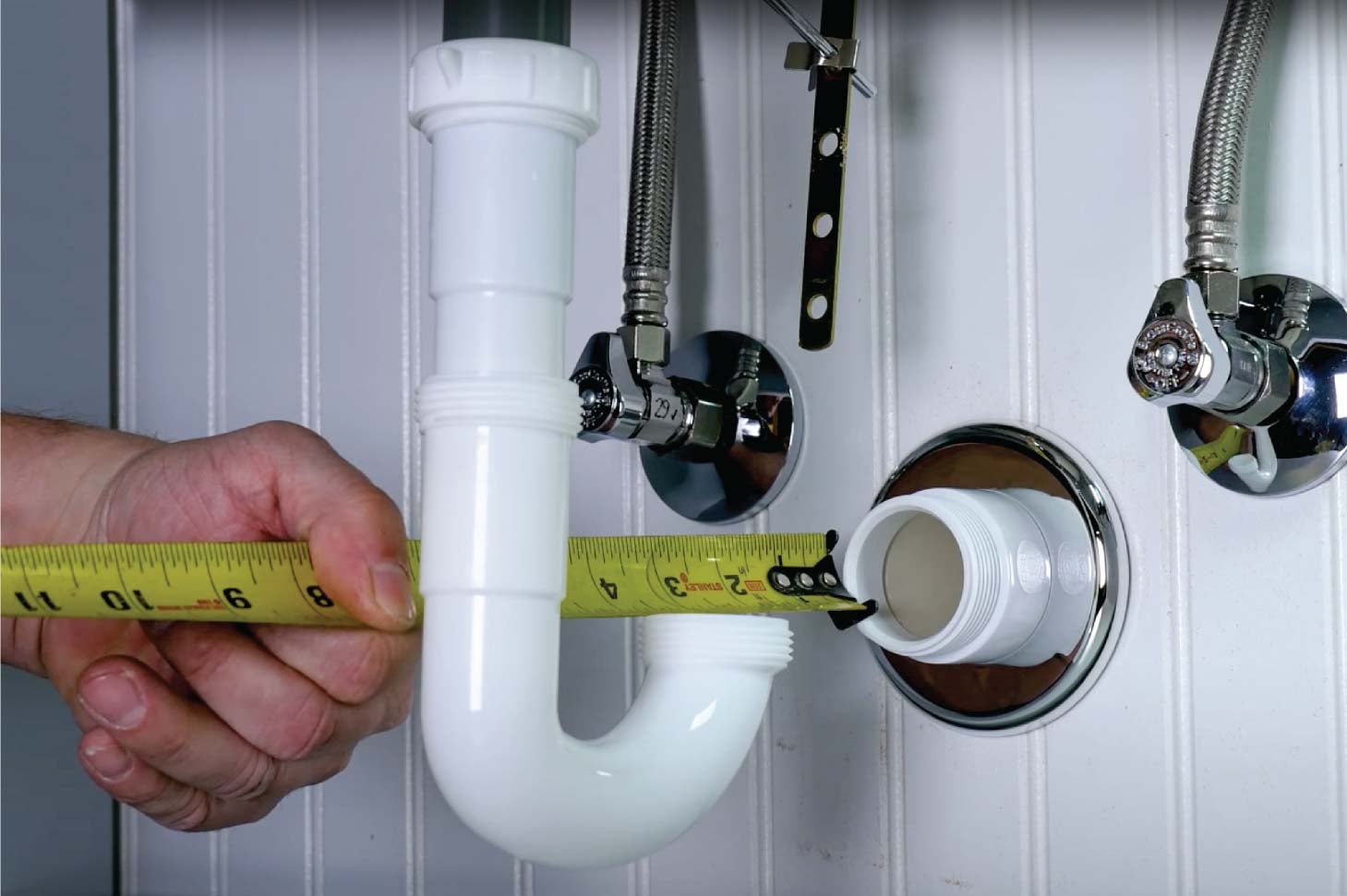

Articles
What Is A Trap In Plumbing
Modified: December 7, 2023
Learn everything you need to know about traps in plumbing with our informative articles. Find out how traps work and why they're crucial for maintaining a functional plumbing system.
(Many of the links in this article redirect to a specific reviewed product. Your purchase of these products through affiliate links helps to generate commission for Storables.com, at no extra cost. Learn more)
Introduction
Plumbing plays a crucial role in our daily lives, ensuring the proper supply of water and the efficient disposal of waste. While we may not pay much attention to the intricate workings of our plumbing systems, there is one essential component that deserves our attention: the trap.
A trap is a vital part of any plumbing system, serving a crucial function in preventing the harmful effects of sewage gases from entering our homes or buildings. It is a simple yet ingenious device that ensures the safety and cleanliness of our living spaces.
In this article, we will explore the definition of a trap in plumbing, its purpose, different types of traps commonly used, the importance of traps in plumbing systems, common issues that may arise with traps, and how to properly maintain and care for them.
So, let’s dive into the fascinating world of plumbing traps and discover their significance in maintaining the integrity of our plumbing systems.
Key Takeaways:
- Plumbing traps are essential for preventing sewer gases, controlling odors, and deterring pests. Regular maintenance and care ensure their effectiveness in maintaining a clean and healthy living environment.
- Understanding the different types of traps, such as P-traps, S-traps, bottle traps, and drum traps, allows for informed decisions when choosing the appropriate trap for specific fixtures and applications. Regular maintenance and care are vital to ensure their effectiveness.
Read more: What Is P Trap In Plumbing
Definition of a Trap in Plumbing
In plumbing, a trap refers to a curved or U-shaped pipe section that is strategically placed in the plumbing system to retain a small amount of water, preventing the entry of sewer gases and odors into the living or working space. It acts as a barrier, blocking the backflow of gases, rodents, and other unwanted substances from entering the building.
The trap is typically located below a fixture, such as a sink, bathtub, or toilet, and is connected to the wastewater drainage system. It is designed in a way that allows water to flow through it while preventing gases and foul smells from penetrating back into the building.
Traps are most commonly made of PVC, cast iron, or other durable materials, and are available in various shapes and sizes depending on their intended use. The most common shapes include the P-trap, S-trap, bottle trap, and drum trap.
Overall, the primary function of a trap is to create a water seal or barrier that prevents the backward flow of gases from the sewer or drain pipe. This simple yet effective mechanism ensures the hygiene and safety of our living spaces by preventing the spread of foul odors and potential health hazards.
Purpose of a Trap
The purpose of a trap in plumbing is to safeguard our living and working environments by preventing the entry of sewer gases and odors. These gases, which contain harmful substances such as methane and hydrogen sulfide, can pose health risks if inhaled or come into contact with surfaces.
Here are the key purposes served by traps in plumbing systems:
1. Gas Barrier: The fundamental function of a trap is to create a water seal that acts as a barrier, preventing sewer gases from flowing back into the building. The water seal effectively blocks the path for these gases, ensuring that they are expelled through the appropriate ventilation pipes.
2. Odor Control: By preventing the entry of sewer gases, traps also play a crucial role in controlling and minimizing foul odors. Without traps, unpleasant smells arising from the drainage system would easily permeate our living spaces, leading to discomfort and unhygienic conditions.
3. Pest Prevention: Traps not only keep gases and odors out but also serve as a preventive measure against pests. The water barrier in the trap deters insects, rodents, and other unwanted creatures from entering the building through the plumbing system.
4. Backflow Prevention: In addition to blocking gases and odors, traps also help prevent the backflow of wastewater. The curved shape of the trap ensures that a small amount of water remains within the bend at all times, creating a physical barrier against the reverse flow of sewage.
5. Hygiene and Health: By maintaining the integrity of the plumbing system, traps contribute to overall hygiene and health standards. They prevent the contamination of clean water sources and reduce the risk of waterborne diseases by keeping wastewater and harmful substances separate from the potable water supply.
In summary, the primary purpose of a trap in plumbing is to safeguard our living spaces by preventing the entry of sewer gases, controlling odors, deterring pests, and preventing backflow. These essential functions contribute to a clean, healthy, and pleasant environment for occupants.
Types of Traps
There are several types of traps used in plumbing systems, each designed for specific purposes and applications. The common types of traps include:
1. P-Trap: The P-trap is one of the most widely used traps in plumbing systems. It is named after its characteristic shape, resembling the letter “P.” This trap consists of a horizontal inlet pipe connected to a vertical outlet pipe. The water inside the trap forms a seal, preventing the entry of sewer gases. P-traps are commonly found beneath sinks, washbasins, and other fixtures.
2. S-Trap: Similar to the P-trap in function, the S-trap is shaped like the letter “S.” It has a vertical inlet pipe connected to a horizontal outlet pipe. While the S-trap performs the same task as the P-trap, it is less common and often replaced by the P-trap due to potential issues with siphonage and the risk of losing the water seal.
3. Bottle Trap: The bottle trap gets its name from its resemblance to a bottle. It is a compact trap commonly used for small basins or vanity units. The trap consists of a short vertical pipe leading into a horizontal pipe, forming a U-shape. The bottle trap offers flexibility in installation and provides easy access for cleaning and maintenance.
4. Drum Trap: The drum trap is an older type of trap that was commonly used in the past. It consists of a cylindrical-shaped container with an inlet and an outlet. The water inside the drum trap forms a seal to prevent gases from entering the building. However, drum traps have fallen out of favor due to their tendency to clog and their more challenging maintenance requirements.
It’s important to note that while these are the most commonly used traps, there may be variations and regional differences in trap designs. Additionally, specific plumbing codes and regulations may dictate the type of trap required for specific plumbing applications.
Choosing the appropriate trap for a particular fixture depends on factors such as the fixture’s location, the plumbing system’s layout, and local building codes. Consulting with a professional plumber or adhering to local building regulations is essential to ensure the proper selection and installation of the appropriate trap for your specific needs.
P-Trap
The P-trap is one of the most commonly used traps in plumbing systems and is named after its distinctive shape, resembling the letter “P”. Designed to prevent the entry of sewer gases into the building and control odors, the P-trap is a critical component of various fixtures, including sinks, washbasins, and showers.
The P-trap consists of a horizontal inlet pipe that connects to a vertical outlet pipe, forming a curved or U-shaped bend. This shape allows water to accumulate in the trap, creating a water seal that acts as a barrier against gas and odor infiltration.
Installation of a P-trap involves connecting the drainpipe from the fixture to the inlet of the trap, while the outlet of the trap is connected to the waste pipe that leads to the main drainage system. The water in the trap creates a seal that prevents gases from flowing back into the building. The trap also serves as a trap primer, allowing a small amount of water to pass through and maintain the water seal even during periods of low or no usage to ensure the effectiveness of the trap.
One key advantage of the P-trap is its versatility and adaptability to a wide range of plumbing situations. It can be easily adjusted to fit different pipe sizes and accommodate various fixture configurations. Moreover, the P-trap design allows for easy access to clean out any debris that may accumulate over time, ensuring the continued efficiency of the trap.
While the P-trap is highly effective in its function, it may also be prone to potential issues. One common problem is the formation of a clog within the trap, resulting from the accumulation of debris, grease, or hair. Regular maintenance, such as periodically removing and cleaning the trap, can help prevent clogs and maintain proper drainage.
In addition to its functional importance, the P-trap also contributes to the aesthetic appeal of a plumbing fixture. It has the added benefit of concealing the unsightly sight of drain pipes, providing a neat and tidy appearance. Many modern P-trap designs also incorporate features that minimize noise and vibrations caused by water flow, enhancing the overall user experience.
In summary, the P-trap is an essential component of plumbing systems, providing a water seal to prevent the entry of sewer gases and controlling odors. Its versatility, accessibility for maintenance, and aesthetic benefits make it a popular choice in residential and commercial plumbing installations.
Read more: What Is A Trap Adapter
S-Trap
The S-trap is a type of plumbing trap that, like the P-trap, is designed to prevent the entry of sewer gases into buildings, control odors and prevent the backflow of wastewater. It is called an S-trap because of its unique shape, resembling the letter “S”. Although the S-trap functions similarly to the P-trap, it is less commonly used in modern plumbing systems.
The S-trap consists of a vertical inlet pipe connected to a horizontal outlet pipe, forming the distinctive S-shape. The water inside the trap creates a seal, blocking sewer gases from entering the building. The trap is installed beneath fixtures such as sinks, washbasins, or bathtubs, with the inlet connected to the fixture’s drain and the outlet connected to the main waste pipe.
One potential issue with the S-trap is the possibility of losing the water seal through a process known as siphonage. Siphonage occurs when a large volume of water flows through the trap rapidly, creating a suction effect that pulls the water out of the trap, breaking the seal and allowing sewer gases to enter the building. This can happen if there is an excessive amount of water draining from the fixture or if the trap has a poor design that promotes siphoning.
Due to the risk of siphonage and the potential for the water seal to be lost, modern plumbing codes and regulations often discourage or even prohibit the use of S-traps. Instead, P-traps are generally recommended as they are less prone to siphonage and have become the preferred choice in plumbing installations.
If you have an older building with an S-trap already installed, it is advisable to replace it with a P-trap to ensure compliance with current plumbing standards. Consulting with a professional plumber is crucial to determine the best course of action and to ensure that the replacement is carried out correctly.
In summary, the S-trap is a plumbing trap that functions similarly to the P-trap, creating a water seal to prevent the entry of sewer gases and control odors. However, due to the potential for siphonage and water seal loss, the S-trap is less commonly used in modern plumbing installations, with the P-trap being the preferred choice in most cases.
Regularly inspect and clean your plumbing traps to prevent clogs and odors. Use a drain strainer to catch debris and avoid pouring grease down the drain.
Bottle Trap
The bottle trap is a type of plumbing trap commonly used in smaller fixtures such as basins, vanity units, and kitchen sinks. It is named after its unique shape, which resembles a bottle or vase. The bottle trap offers both functional and aesthetic benefits, making it a popular choice in residential and commercial plumbing installations.
The bottle trap consists of a short vertical inlet pipe that connects to a horizontal outlet pipe, creating a U-shaped bend like other traps. The curved shape of the trap allows water to accumulate, creating a water seal that prevents the entry of sewer gases and controls odors.
One of the main advantages of the bottle trap is its compact and space-saving design. It is particularly useful for fixtures in tight spaces where a larger, traditional trap may not fit. The slim profile of the bottle trap allows for a more efficient use of space, making it a practical choice for small bathrooms or washrooms with limited room underneath the sink or basin.
Another benefit of the bottle trap is its accessibility for cleaning and maintenance. Many bottle trap designs feature a removable cap or lid at the bottom, allowing easy access to the trap for cleaning out any accumulated debris or blockages. Regular maintenance of the trap is essential to ensure the continuous flow of wastewater and the proper functioning of the trap.
In terms of aesthetics, the bottle trap offers a clean and modern look compared to traditional traps. Its sleek design and compact form can contribute to an overall visually appealing appearance in the bathroom or kitchen. Some bottle traps are even available in different finishes, allowing homeowners to coordinate them with their specific design themes and plumbing fixtures.
It is important to note that while the bottle trap is suitable for most residential and light commercial applications, it may not be suitable for high-volume or heavy-duty usage. In such cases, a larger trap, such as a P-trap, may be more appropriate.
In summary, the bottle trap is a space-saving and visually appealing option for smaller fixtures like basins and sinks. Its compact design, easy accessibility for cleaning, and aesthetic benefits make it a popular choice in many plumbing installations. However, it is crucial to consider the specific usage requirements and consult with a professional plumber to ensure the suitability of the bottle trap for a particular application.
Drum Trap
The drum trap is an older type of plumbing trap that was commonly used in plumbing systems in the past. While it has largely fallen out of favor in recent years due to potential complications and maintenance issues, it is still present in some older buildings. The drum trap consists of a cylindrical-shaped container with an inlet and an outlet for wastewater flow.
Unlike P-traps and S-traps, drum traps do not have a distinct bend or U-shape. Instead, they rely on the drum-shaped container to create a water seal that prevents the entry of sewer gases into the building. The water seal is formed inside the drum trap, and it acts as a barrier against foul odors. The trap is typically located below fixtures such as bathtubs or floor drains.
One of the main disadvantages of drum traps is their tendency to accumulate debris and sediment over time. The drum-shaped design can make it difficult to clean out and maintain the trap effectively. The debris buildup can lead to clogs or blockages, hindering the proper flow of wastewater and causing potential backups or drainage issues.
Due to these maintenance challenges, many plumbing codes and standards no longer permit the use of drum traps in new installations. In cases where drum traps are already in place, it is often recommended to replace them with more modern and easier-to-maintain traps, such as P-traps or bottle traps.
If you have a building with a drum trap, it is important to have it regularly inspected and cleaned by a professional plumber to avoid potential issues. The plumber can help assess the condition of the trap, remove any accumulated debris, and ensure that the trap is functioning properly.
In summary, the drum trap is an older type of plumbing trap that relies on a drum-shaped container to create a water seal and prevent the entry of sewer gases into the building. While it was commonly used in the past, the drum trap has been largely replaced by more modern and efficient trap designs. If you have a drum trap, it is advisable to consult with a professional plumber to assess its condition and consider replacing it with a more maintenance-friendly trap.
Importance of Traps in Plumbing Systems
Traps play a crucial role in the functioning of plumbing systems, providing a range of benefits that are essential for the safety, hygiene, and efficient operation of our living and working spaces. Here are the key reasons why traps are important in plumbing systems:
1. Gas and Odor Prevention: Traps create a water seal that acts as a barrier, preventing the entry of sewer gases and foul odors from the drainage system into our living or working spaces. This is crucial for maintaining a clean and healthy environment, ensuring that unpleasant smells and potentially harmful gases are kept at bay.
2. Health Protection: Sewer gases, such as methane and hydrogen sulfide, can pose health risks if inhaled or come into contact with surfaces. Traps safeguard our health by preventing the gases from entering the building and coming into contact with occupants. This is especially important for preventing respiratory issues, eye irritation, and other health problems associated with exposure to sewer gases.
3. Pest Control: Traps not only prevent the entry of gases and odors but also act as a barrier against pests. The water seal in the trap deters insects, rodents, and other unwanted creatures from entering the building through the plumbing system. By keeping pests at bay, traps help maintain a clean and comfortable living or working environment.
4. Backflow Prevention: Traps are designed to prevent the backflow of wastewater into fixtures. The water seal inside the trap acts as a barrier, ensuring that wastewater flows in the correct direction and does not contaminate clean water sources. This is especially crucial for preventing the mixing of potable water with wastewater, which can lead to the spread of waterborne diseases.
5. Maintenance of Plumbing System Integrity: Traps protect the integrity of the plumbing system by preventing damage and clogs caused by debris, grease, or foreign objects. By capturing and holding these materials, traps help to maintain the smooth flow of wastewater through the system, reducing the risk of blockages and costly plumbing repairs.
In summary, traps are integral components of plumbing systems that provide multiple benefits. They prevent the entry of sewer gases and odors, protect our health, control pests, prevent backflow, and contribute to the overall integrity and efficient operation of the plumbing system. Regular maintenance and care of traps are essential to ensure their effectiveness and continued functionality.
Read more: What Is The P-Trap Under The Sink
Common Issues with Traps
While traps play a vital role in maintaining the integrity of plumbing systems, they can experience certain issues that may affect their functionality. It is important to be aware of these common issues in order to address them promptly and ensure the proper functioning of traps. Here are some of the most common issues that can occur with traps:
1. Clogs: One of the primary issues that traps can face is the accumulation of debris, hair, grease, or other substances that can cause clogs. Over time, these materials can build up inside the trap and hinder the proper flow of wastewater, leading to slow drainage or complete blockages.
2. Drying Out: Traps require a constant water seal to effectively prevent the entry of sewer gases. However, traps can sometimes dry out, typically due to infrequent use or evaporation. When a trap dries out, it loses its water seal, allowing gases and odors to enter the building. This can be resolved by running water through the fixture regularly or using a trap primer to replenish the water seal.
3. Siphonage: Certain trap designs, such as S-traps, may be susceptible to siphonage. This occurs when a large volume of water is rapidly drained from the fixture, creating a suction effect that pulls the water out of the trap, breaking the water seal and allowing sewer gases to enter. To prevent siphonage, it is recommended to use P-traps or other approved trap designs that are less prone to this issue.
4. Improper Trap Ventilation: Traps require proper ventilation to ensure the smooth flow of wastewater and to prevent the buildup of negative pressure inside the drainage system. If traps are not adequately vented, it can lead to slow drainage, gurgling sounds, or foul odors. Proper venting should be ensured during the installation or renovation of plumbing systems.
5. Corrosion or Damage: Over time, traps can experience corrosion or physical damage, particularly if they are made of materials such as metal that are prone to deterioration. Corrosion can weaken the trap, resulting in leaks or reduced effectiveness. Damaged traps should be promptly repaired or replaced to maintain the integrity of the plumbing system.
6. Improper Installation: Incorrect installation of traps can lead to issues such as misalignment, improper sealing, or an inadequate water seal. These installation issues can compromise the functionality of the trap and increase the risk of sewer gas infiltration or drainage problems.
Regular inspection, maintenance, and cleaning are crucial for addressing these common issues with traps. Consulting a professional plumber can help identify and resolve any problems with traps, ensuring the proper functioning of the plumbing system and maintaining a hygienic and safe living or working environment.
Maintenance and Care of Traps
Proper maintenance and care of traps are essential to ensure their effectiveness and functionality in plumbing systems. By following some simple maintenance practices, you can keep traps in optimal condition and prevent potential issues. Here are some tips for maintaining and caring for traps:
1. Regular Cleaning: Regularly cleaning the trap is crucial for preventing clogs and maintaining proper wastewater flow. Remove and clean the trap periodically to remove any debris, hair, or other substances that may have accumulated. Use a brush or pipe cleaner to clear any obstructions and ensure the trap is free from blockages.
2. Avoid Flushing Harmful Substances: Be mindful of what goes down the drain. Avoid flushing or pouring substances such as grease, oil, chemicals, or non-biodegradable items that can cause blockages or damage to the trap. Dispose of these substances properly to prevent potential issues.
3. Prevent Drying Out: To maintain the water seal and prevent the trap from drying out, run water through the fixture regularly, even if it is not in frequent use. This helps to replenish the water in the trap and prevent the entry of sewer gases.
4. Check for Leaks: Periodically inspect the trap for any signs of leaks. Look for water seepage or dampness around the trap connections or nearby areas. If a leak is detected, repair or replace the trap as soon as possible to prevent further damage and potential water wastage.
5. Install Trap Guards: Consider installing trap guards or strainers on fixtures such as sinks and showers to catch hair, small objects, or debris before they enter the trap. This can help prevent clogs and reduce the frequency of cleaning and maintenance.
6. Ensure Proper Ventilation: Adequate ventilation is essential for the proper functioning of traps. Make sure the ventilation system associated with the traps is unobstructed and in good working condition. Check for any blockages or damage in the vent pipes and clear any obstructions if necessary.
7. Seek Professional Assistance: If you encounter persistent issues with a trap or if you are unsure about maintenance procedures, it is advisable to seek the help of a professional plumber. They have the expertise and tools to diagnose and resolve complex trap-related problems.
By following these maintenance tips, you can prolong the life of traps, reduce the risk of clogs and other issues, and ensure the integrity of your plumbing system. Remember, preventive maintenance is key to keeping traps in optimal condition and enjoying a trouble-free plumbing system.
Conclusion
Plumbing traps are an integral and often overlooked component of our plumbing systems. They play a vital role in maintaining the functionality, safety, and cleanliness of our living and working spaces. From preventing the entry of sewer gases and controlling odors to deterring pests and preventing backflow, traps are essential for the well-being and comfort of occupants.
Understanding the different types of traps, such as P-traps, S-traps, bottle traps, and drum traps, allows us to make informed decisions when it comes to choosing the appropriate trap for specific fixtures and applications. While each trap has its advantages and limitations, modern plumbing standards tend to favor traps that are less prone to issues such as siphonage, clogging, or maintenance challenges.
Regular maintenance and care of traps are vital to ensure their effectiveness. This includes periodic cleaning to remove debris, avoiding flushing harmful substances, and preventing traps from drying out. It is equally important to check for leaks, ensure proper ventilation, and consider the installation of trap guards or strainers to minimize the risk of clogs. Seeking professional assistance when needed can provide expert guidance and resolve complex trap-related issues.
In conclusion, traps are essential components of plumbing systems that contribute to the overall functionality, hygiene, and safety of our living and working environments. By understanding their purpose, types, and maintenance requirements, we can ensure the efficient operation of our plumbing systems, prevent potential issues, and enjoy a clean and healthy environment. Taking the time to care for traps ultimately leads to a well-maintained plumbing system that provides us with years of trouble-free use.
Frequently Asked Questions about What Is A Trap In Plumbing
Was this page helpful?
At Storables.com, we guarantee accurate and reliable information. Our content, validated by Expert Board Contributors, is crafted following stringent Editorial Policies. We're committed to providing you with well-researched, expert-backed insights for all your informational needs.
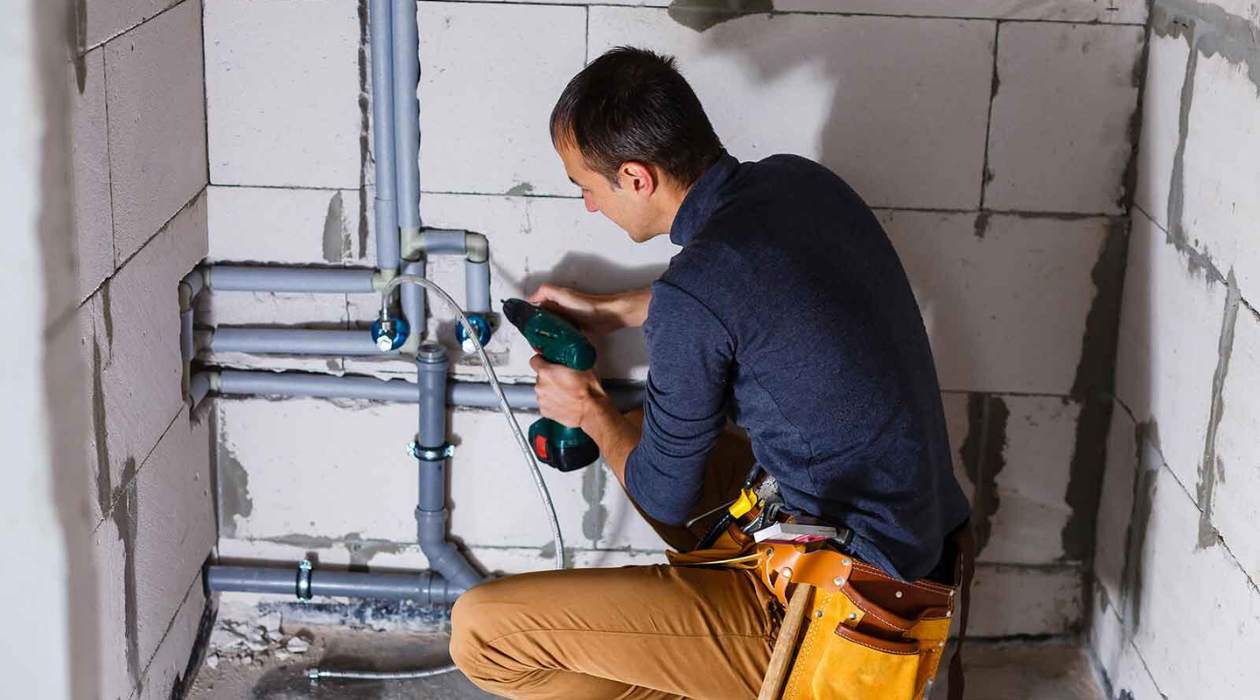
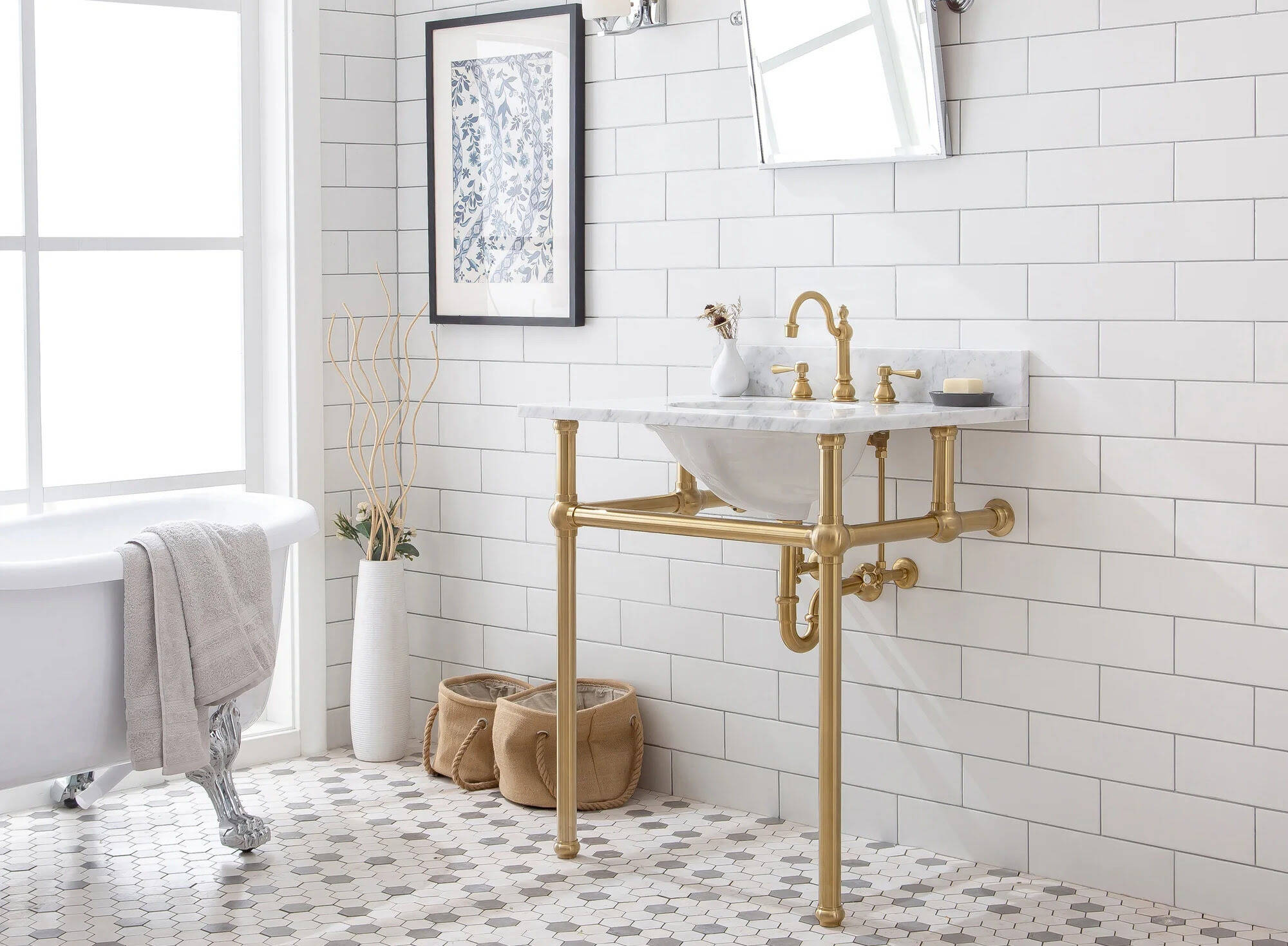
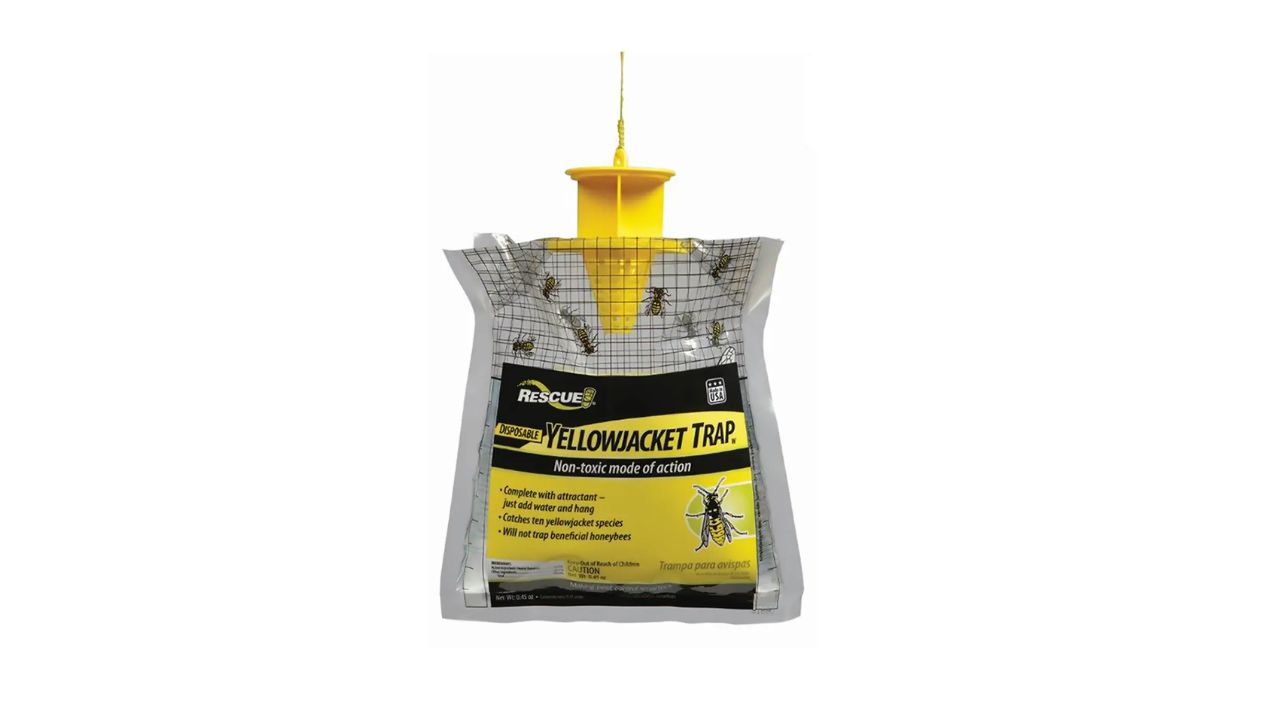
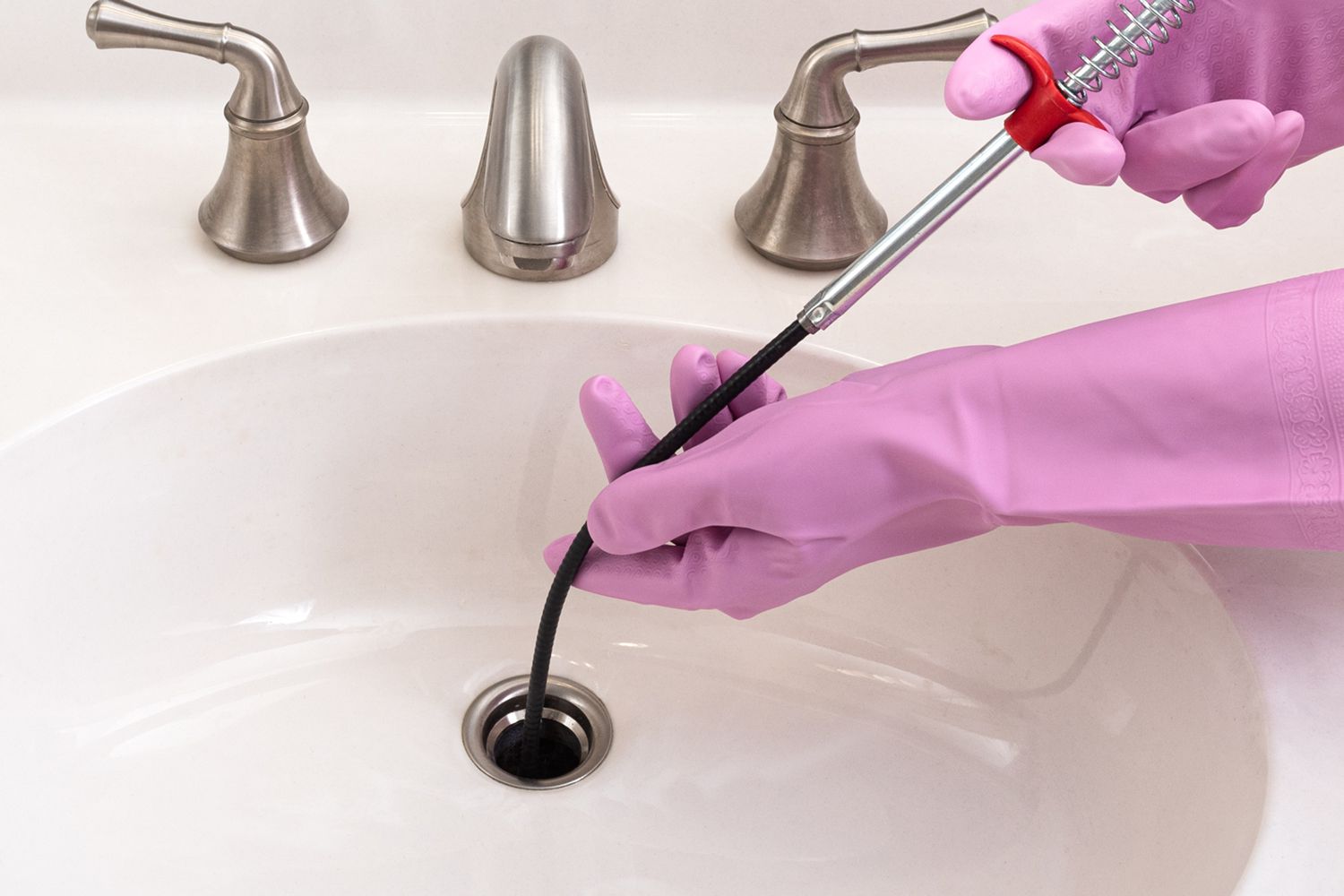
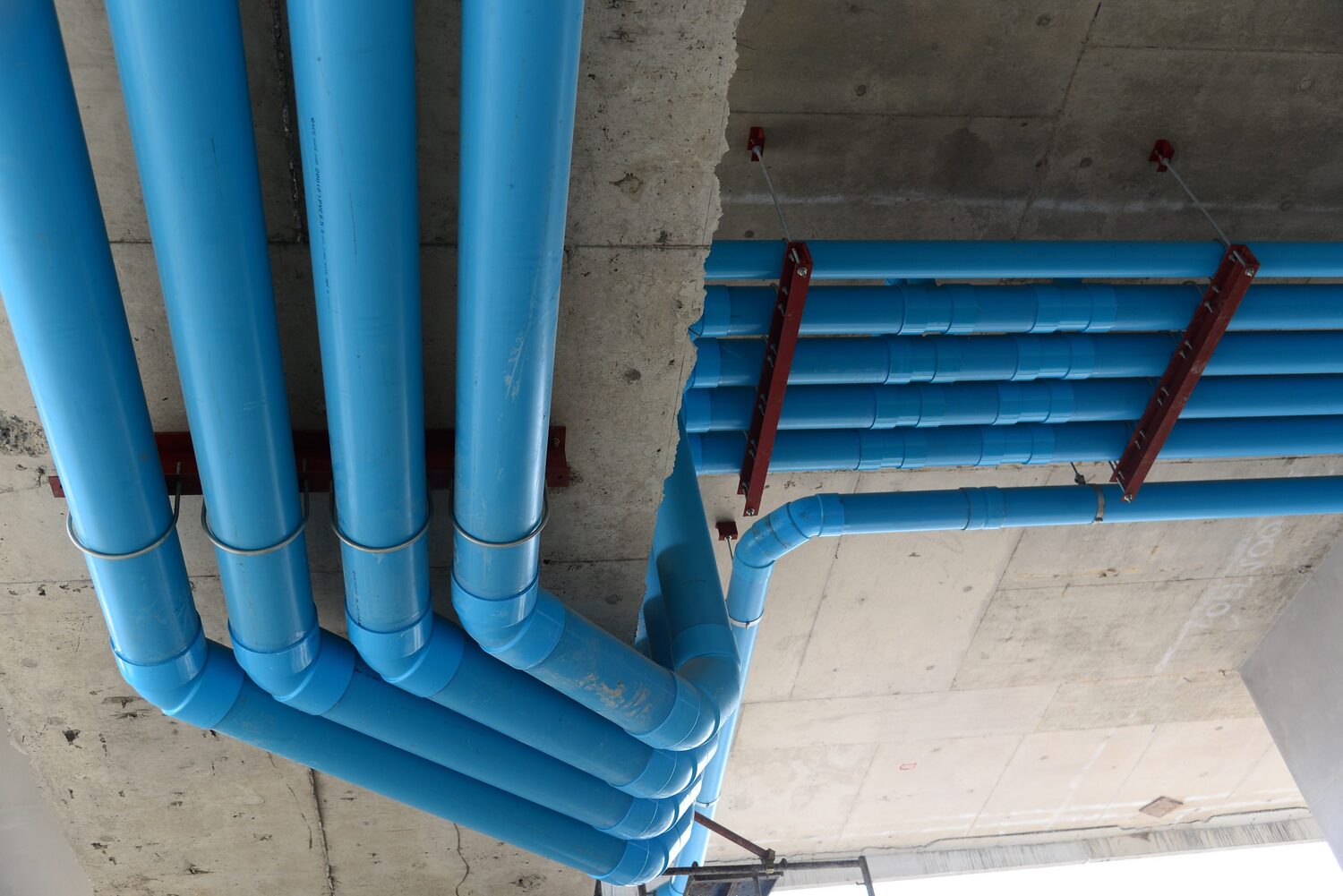
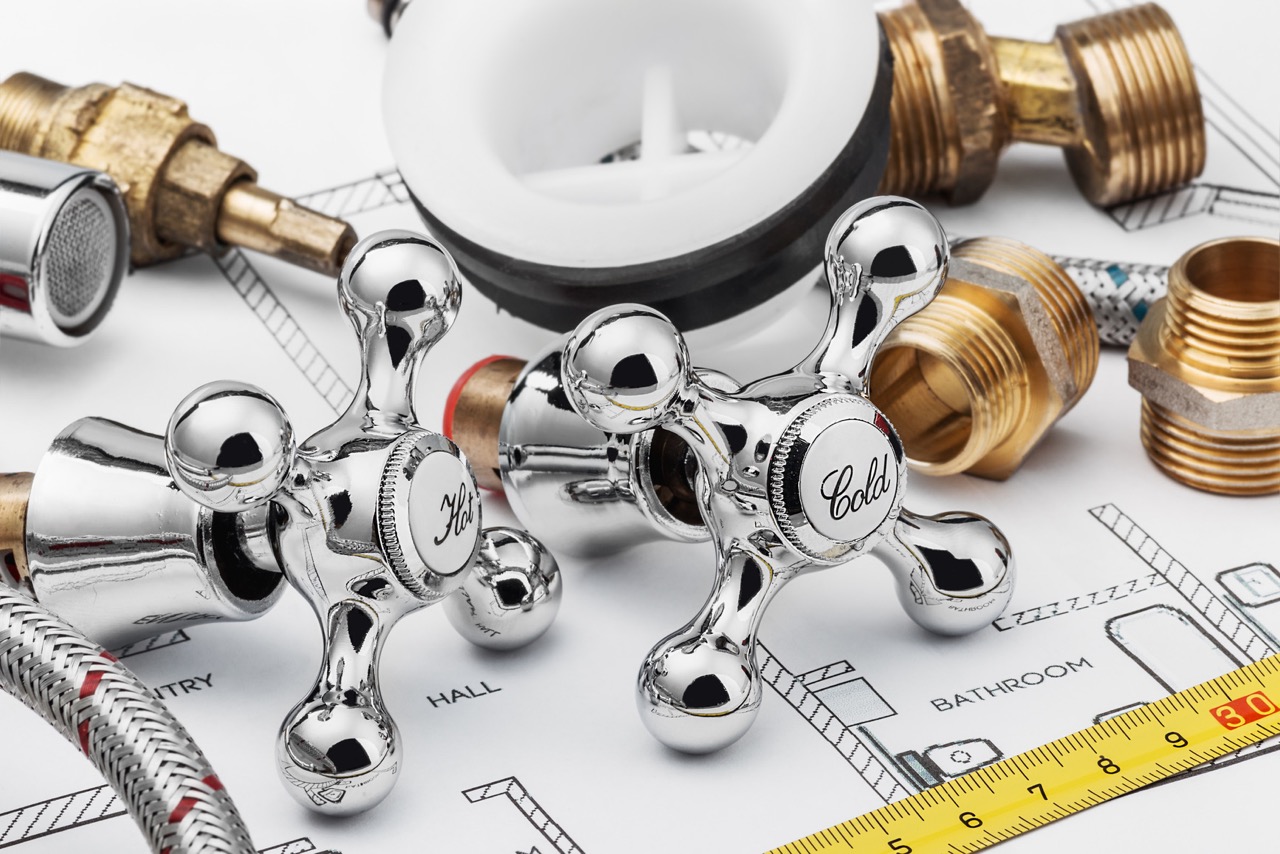
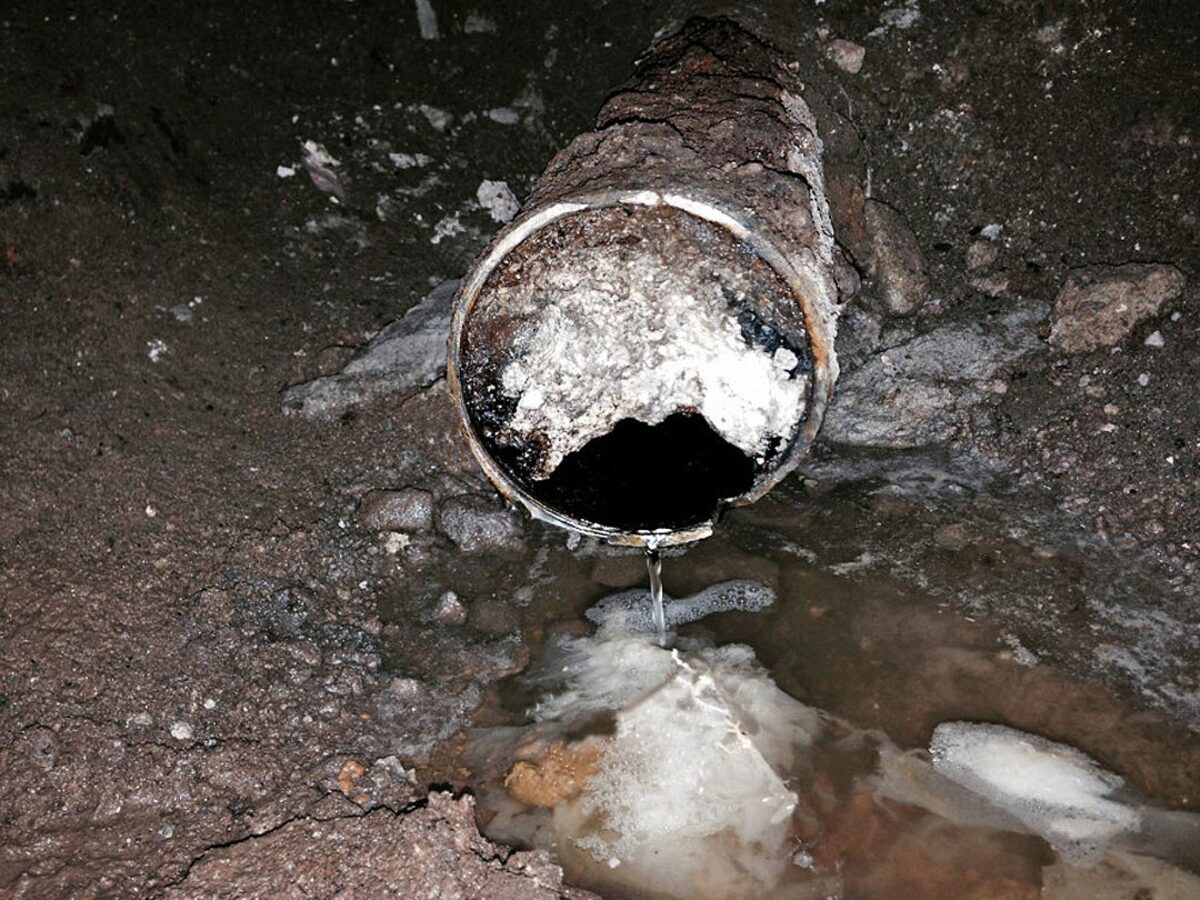
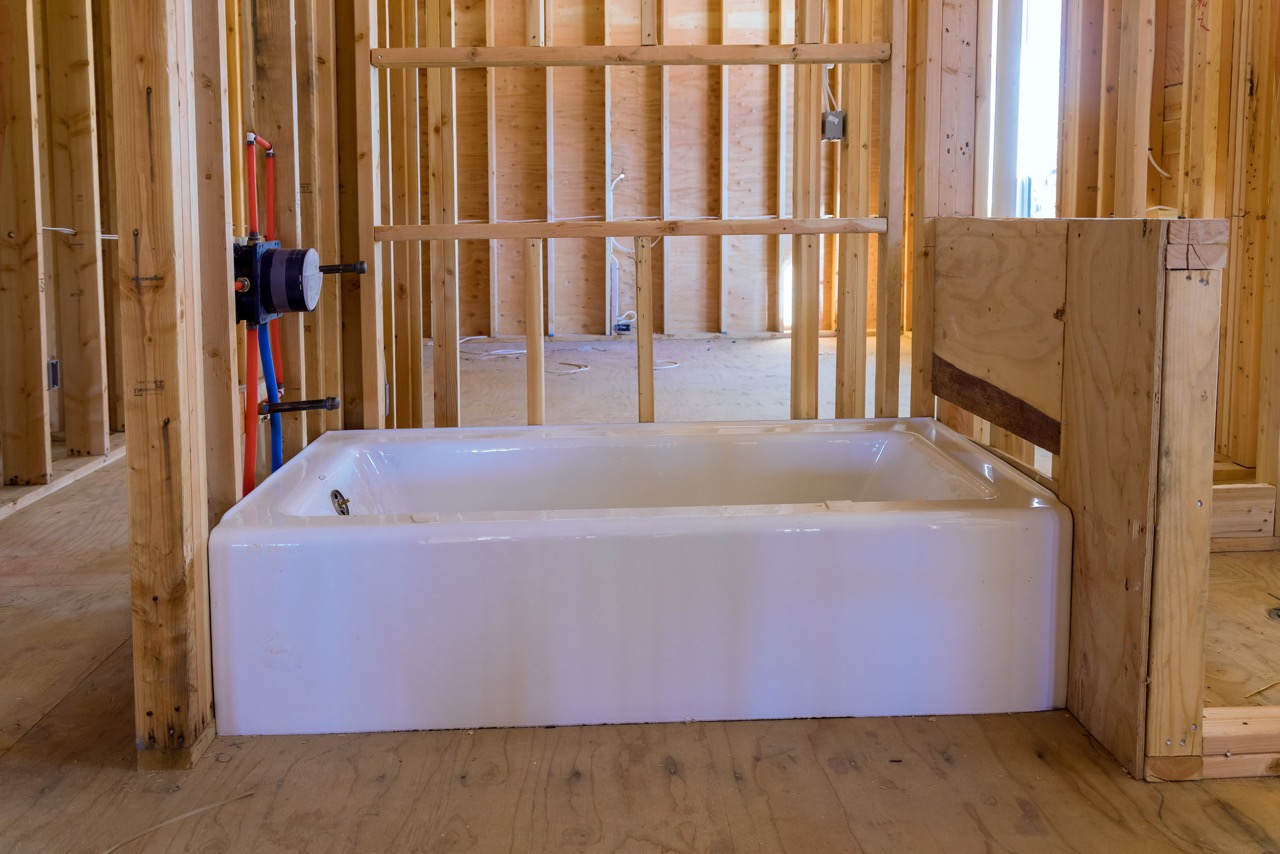
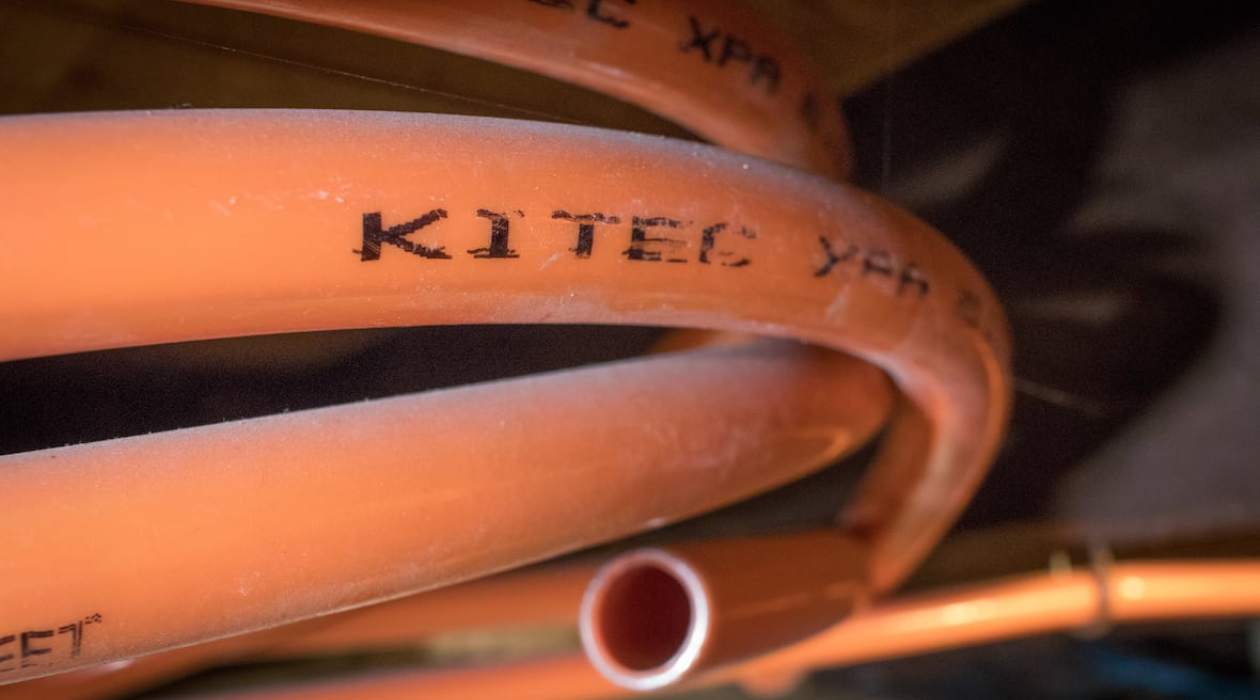
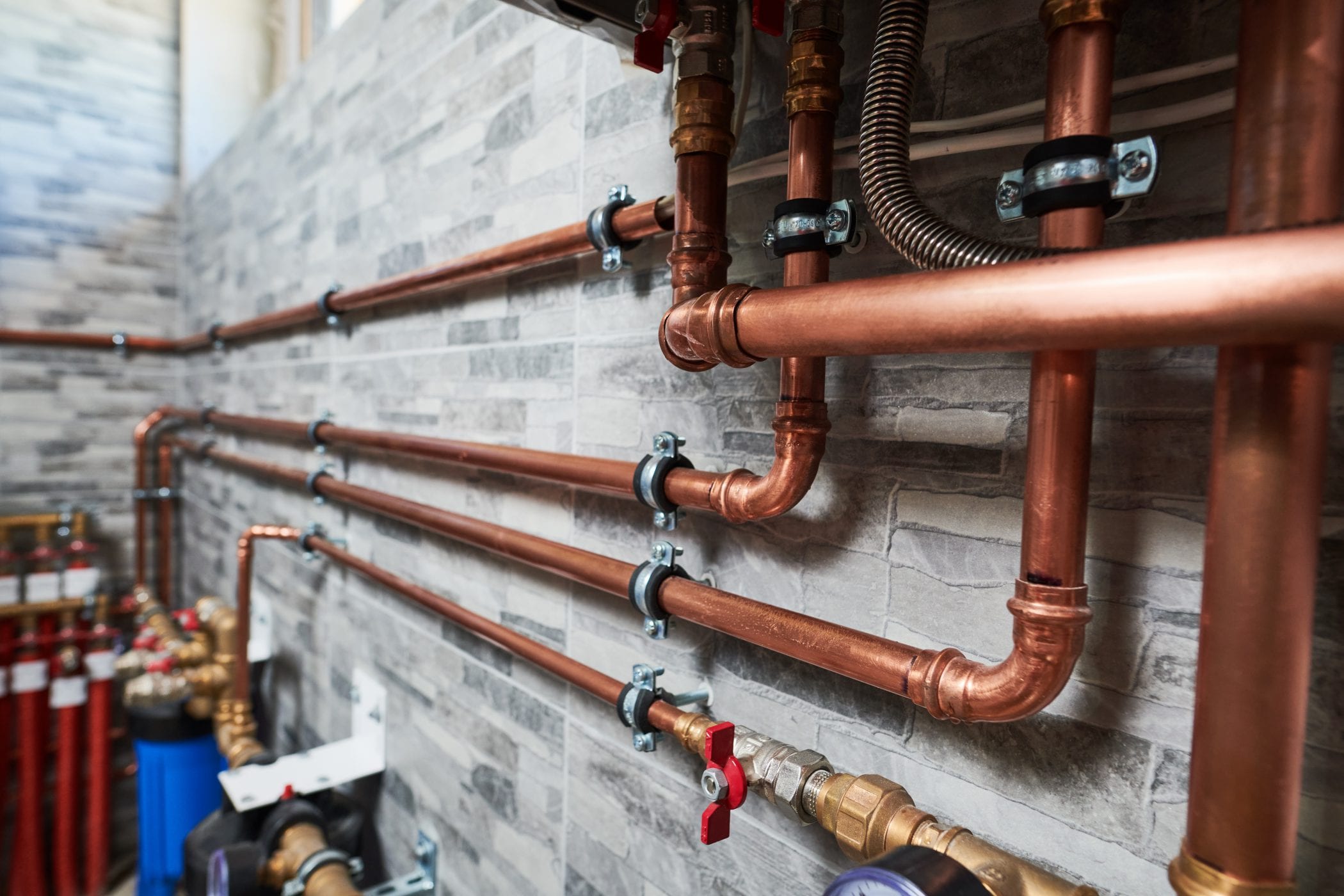
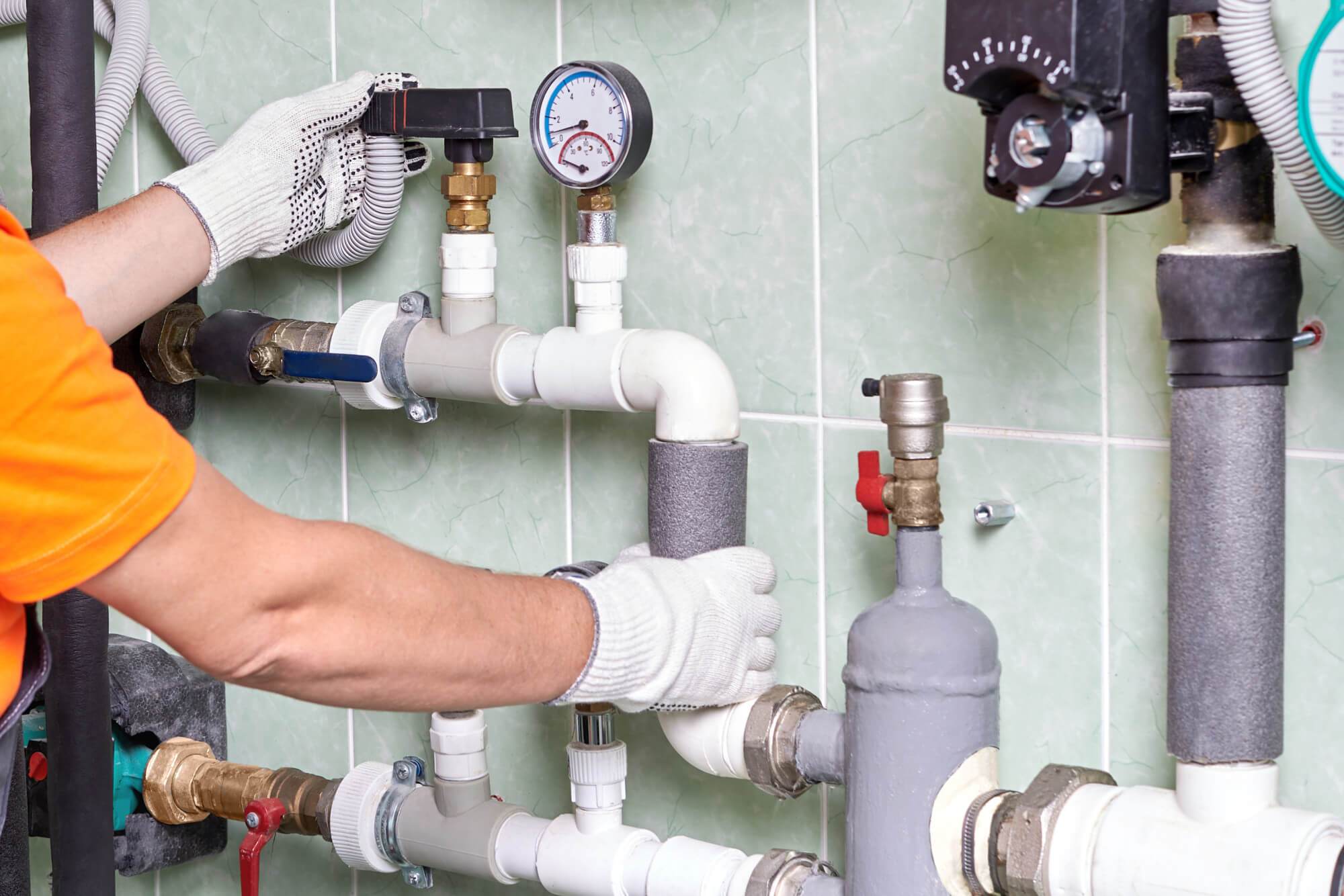
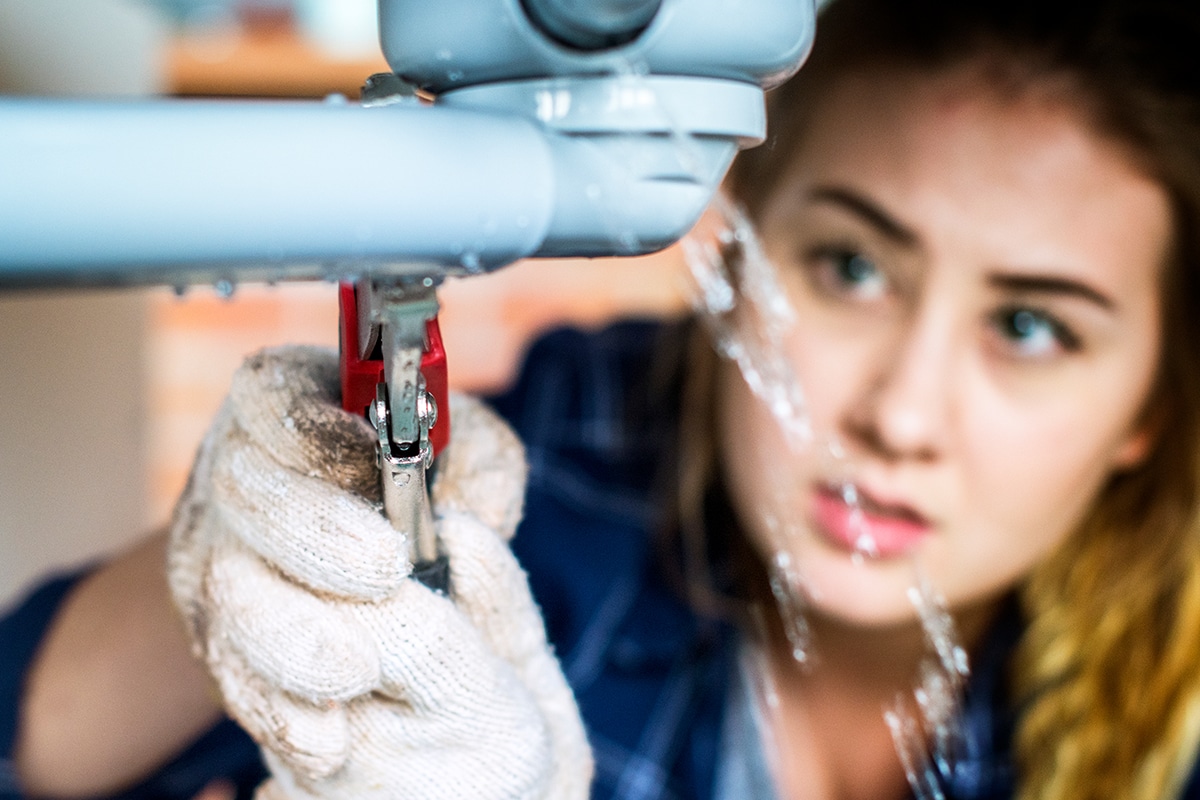
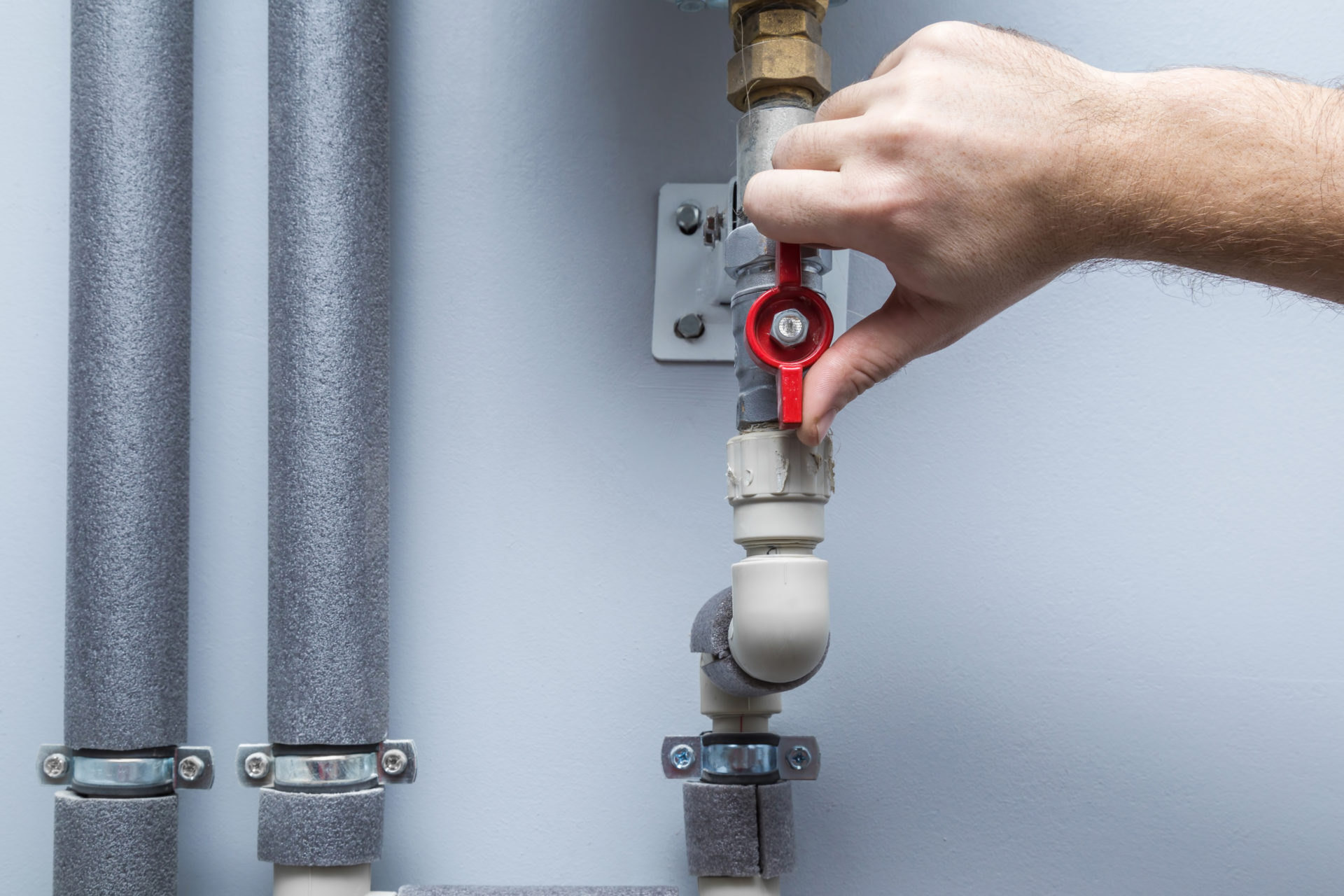

0 thoughts on “What Is A Trap In Plumbing”